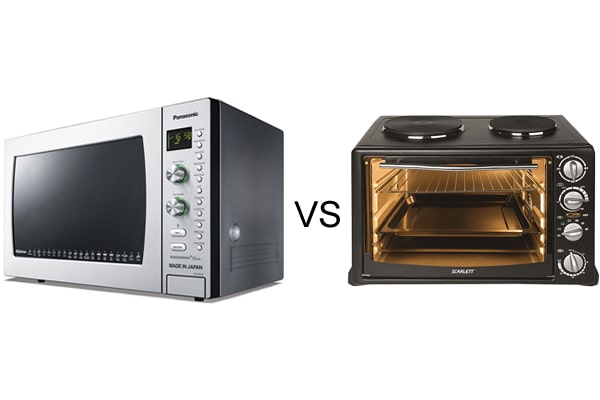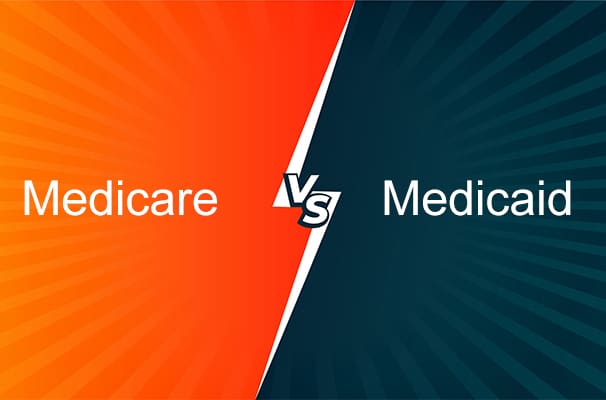Explore the intriguing differences between Washington and Washington DC in our latest article. Despite sharing a name, they are far from identical. From their geographical location to their diverse cultures, we demystify the common misconceptions and illustrate how the bustling capital, Washington DC, and the beautiful, nature-rich Washington State, play different roles in the fabric of America. We delve into the historical origins of both, shedding light on why one is the heart of political power, while the other is a testament to natural beauty. Our article promises an insightful journey through American history, architecture, and lifestyle contrasts. So if you’ve ever mixed up Washington State with the nation’s capital, or vice versa, this article is an enlightening read that clears up the confusion and uncovers the unique identities of these two distinctive locations.
What is Washington
Unravel the fascinating identity of Washington, often dubbed as Washington State, in this segment of our article. Occupying a strategic location on the Pacific Ocean coast, this state is an illustrious part of America’s 50 states. Washington, christened after George Washington – the nation’s first president, has a rich history and a thriving culture. Despite its shared moniker with the nation’s capital, it stands distinctly on the opposite side of the country, drenched in Pacific Time Zone. With its impressive ranking as the 18th largest state and a diverse population of over 7 million, Washington state hosts vibrant cities like Seattle, Tacoma, and Vancouver. A powerhouse of agriculture, it leads the production of an array of goods from timber to aromatic spearmint oil. Let’s navigate through the unique character of Washington state, tracing its origins from being a part of Columbia District to its present-day persona.
What is Washington DC
Embark on a virtual journey to Washington DC, the beating heart of the United States of America, in this section of our article. Nestled along the Potomac River on the country’s East Coast, Washington DC, an abbreviation for District of Columbia, is a territory independent of any state. Sharing its namesake with the first US president, George Washington, the district was established in 1791 on land graciously donated by Maryland and Virginia. A hub of power, it houses the pillars of the federal government – Congress, the Supreme Court, and the President’s residence. Not just that, Washington DC is a vibrant showcase of American heritage and global diplomacy, dotted with illustrious national monuments, museums, foreign embassies, and international organization headquarters. From the majestic White House to the iconic Smithsonian and Lincoln Memorial, this city is a captivating fusion of history, culture, and power. Join us in delving deeper into the unique story of Washington DC.
Difference Between Washington and Washington DC
Unravel the similarities, contrasts, and peculiarities of two US entities sharing the same name: Washington and Washington DC in this segment of our blog. Often a source of confusion for many, these two locales carry their unique histories, identities, and characteristics.
Washington, popularly known as Washington State, or the Evergreen State, finds its place in the northwestern part of the contiguous United States. This state, nestled between Idaho and Oregon, extends from the Pacific Ocean to the mighty Cascade Range, exhibiting a diverse climate from west to east. The region thrives on a dynamic economy driven by major industries like aerospace (Boeing), software development (Microsoft, Amazon), retail (Nordstrom, Costco), and is a leading producer of timber and various fruits. Besides its economy, Washington State is also a haven for nature lovers with its 143 state parks, 9 national forests, and a myriad of native wildlife.
Meanwhile, Washington DC, often referred to as the District or simply DC, rests along the Potomac River on the East Coast. This federal district, not part of any state, is the US capital and the epicenter of the American federal government. Its diverse economy sees a mix of government-related jobs and increasing roles in education, finance, public policy, and research. The district is dotted with national parks, museums, foreign embassies, and the illustrious National Mall, making it a vibrant hub for tourism and global diplomacy.
Let’s delve deeper into their distinguishing characteristics in the comparison table below:
| Criteria | Washington | Washington DC |
| Type | State | City |
| Area | 71,362 sq mi | 68.3 sq mi |
| Population | 7,951,150 (2023) | 705,749 (2023) |
| Region | Predominantly temperate rainforests, mountain ranges and a semi-arid agricultural basin | Located along the Potomac River, includes tributaries like Anacostia River and Rock Creek |
| Industry | Forestry, Agriculture, Manufacturing, Tech | Government jobs, Education, Finance, Research |
| Economy | Prominent businesses like Boeing, Microsoft, Amazon, Starbucks, and tourism | Government organizations, law firms, non-profit organizations, tourism |
| Geography | Borders Oregon and Idaho | Surrounded by Maryland and Virginia |
| Climate | Oceanic climate in the west, semi-arid climate in the east | Humid subtropical climate with four distinct seasons |
| National Parks | Olympic National Park, North Cascades National Park, Mount Rainier National Park | National Mall and Memorial Parks, Rock Creek Park, C&O Canal National Historical Park |
| Tourism | Outdoor activities like hunting, fishing, hiking, camping, winter sports, wine tours | Historical and cultural sites like the National Mall, Smithsonian Museums, Lincoln Memorial, the White House |
While sharing the name of the first US president, Washington and Washington DC serve different roles and offer diverse experiences for both inhabitants and visitors. From the lush landscapes of Washington to the historical and cultural richness of DC, both contribute distinct flavors to the diverse tapestry of the United States.
FAQs
Does Washington State have any connection to the federal government like Washington DC does?
While Washington DC is the hub of the federal government, Washington State, like any other state, has representatives in Congress but doesn’t directly host any federal government branches.
Why do both Washington State and Washington DC have the same name?
Both were named after George Washington, the first President of the United States. However, they serve different purposes and are distinct entities — one being a state and the other a federal district.
What is the primary industry in Washington State and Washington DC?
Washington State’s primary industries include aerospace, software development, retail, and forestry. On the other hand, Washington DC’s primary industries revolve around government services, education, finance, and scientific research.
Is the climate in Washington State and Washington DC similar?
No, the climates of Washington State and Washington DC are quite different. Washington State has an oceanic climate in the west and a semi-arid climate in the east. Washington DC has a humid subtropical climate with four distinct seasons.
What are the main attractions for tourists in Washington State and Washington DC?
Washington State offers natural beauty with its national parks, forests, and wildlife, while also hosting wine tours and winter sports. Washington DC, on the other hand, is rich in historical and cultural sites such as the National Mall, Smithsonian Museums, the White House, and many more.
Question: Are Washington State and Washington DC in the same time zone?
No, they are not. Washington State is in the Pacific Time Zone, while Washington DC is in the Eastern Time Zone.





